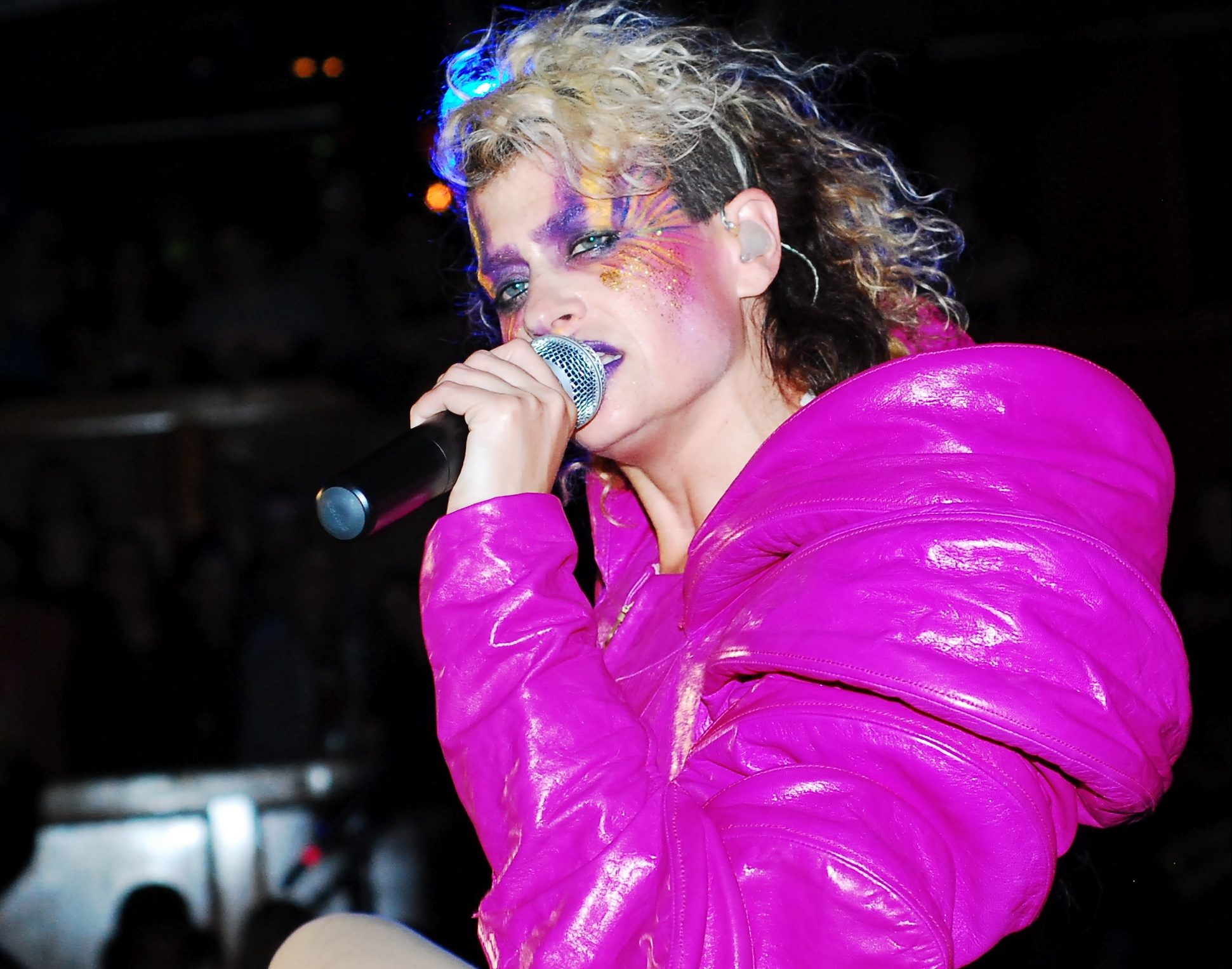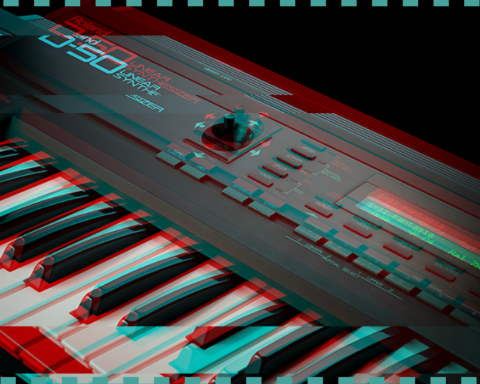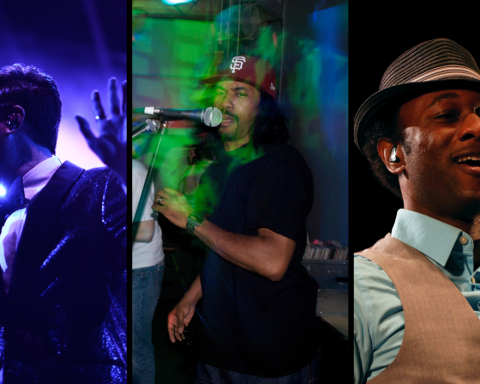Electroclash was a sub-genre of electronic music in the late aughts and early 2010s. The music is an example of a scene that emerged and vanished within a decade. The result led listeners to conclude it was over before it began. Trace the influence electroclash artists had on the music of today. It’s easy to see the sound everywhere.
What was electroclash and where did it go?
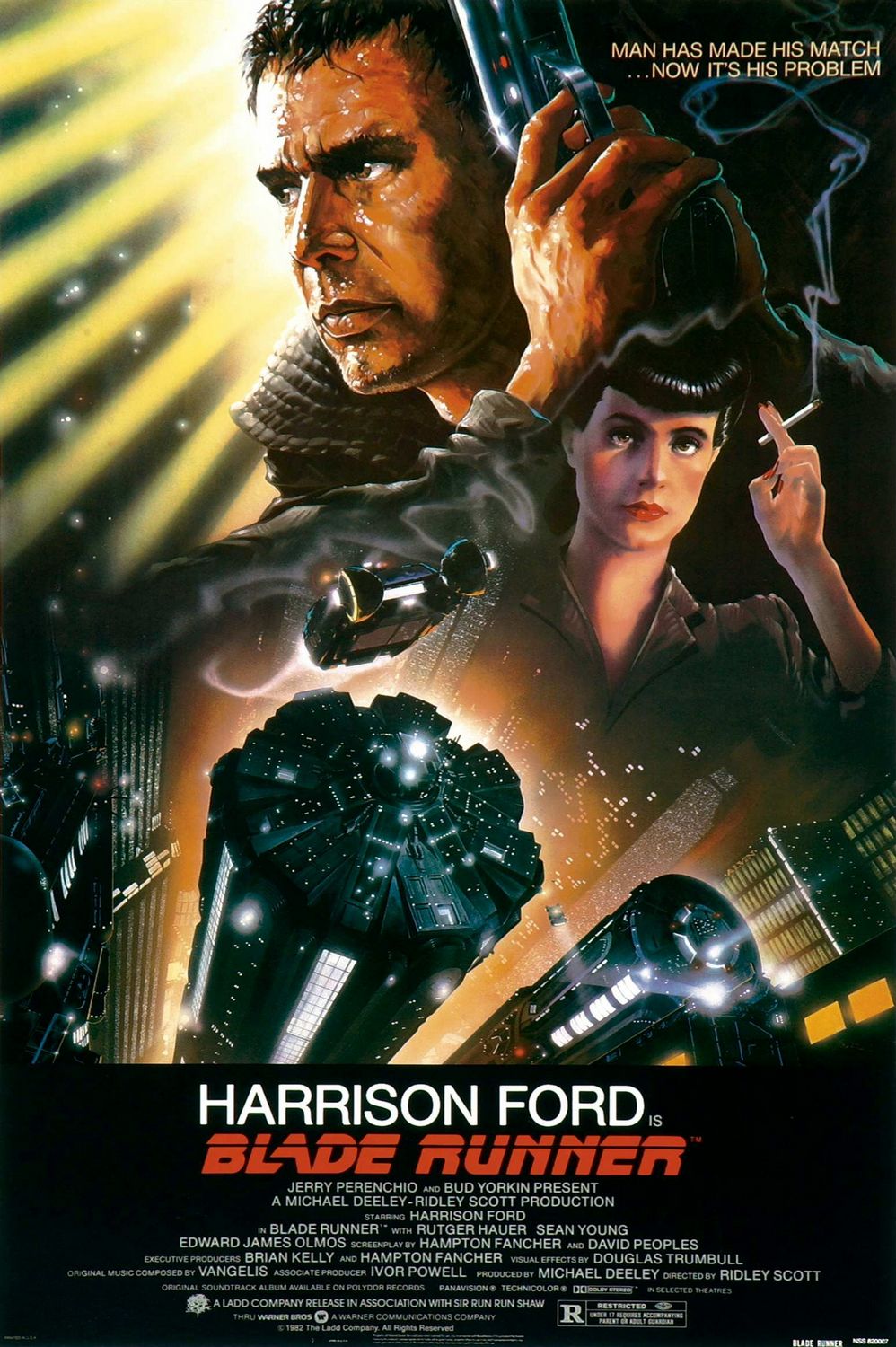
Underground art movements aren’t often considered legitimate cultural contributors. As a result, it’s only after they’ve disappeared that we can trace their legacies. In electronic music, niche scenes can exist for months or years and vanish. It can take hindsight to realize their impact.
Anxiety Always: Themes, Motifs, Aesthetics
Electroclash drew its biggest inspiration from the ’80s new wave and no wave movements. They combined experimental synthesizer music with punk’s social disaffection. Liquid Sky, a 1982 film about aliens invading fashion shows, served as a blueprint.
Electroclash songs were purposefully vapid and crude. Vocalists delivered misanthropic lyrics without discernible affect. Celebrations of chemicals and wealth were only somewhat sarcastic. As a result, it was hard to know if the genre was an elaborate postmodern joke. Was electroclash a critique of excess or actual hedonistic expression?
Alongside this issue was electroclash’s embrace of dystopian anxiety. Blade Runner’s neon-drenched world and the fiction of J.G. Ballard were inspirations. Lyrics about fembots and space travel appeared beside songs about existential nausea and dysthymia. “I didn’t feel a thing when you told me that you didn’t feel a thing,” sang Ladytron singer Helen Marnie on 2001’s “Another Breakfast With You.”
"Electroclash drew its biggest inspiration from the '80s new wave and no wave movements."
Electroclash warned of the dangers of capitalist euphoria. The artists commented on the deadening impact of hyperreality and unchecked wealth. At the same time, they celebrated the decadence of the society they saw crumbling around them.
Me and My Rhythm Box: Instrumentation and Sound
Electroclash artists, inspired by ’80s experimental music, used analog synths and vintage sequencers. The object was to create lo-fi DIY music that sounded purposefully out-of-date and cheap. This aesthetic reflected the genre’s punk roots. In fact, The Liquid Sky soundtrack came courtesy of a Fairlight CMI. Many bands attempted to replicate that instrument’s low-tech vibe.
Freezepop, a Boston-based electroclash band composed their first music on a portable sequencer. The Roland TR-808 was often used (or replicated) to create drum patterns. Liz Ohanesian described these beats as “the backbone of electro.”
To create her groundbreaking album, The Teaches of Peaches, the artist used only a Roland MC-505. Only a handful of bands bothered with guitars or live drums. Artists sang-talked in bored voices or rapped in monotones. Song structures resembled ’80s pop or techno and were often mind-numbing, with BPMs around 125.
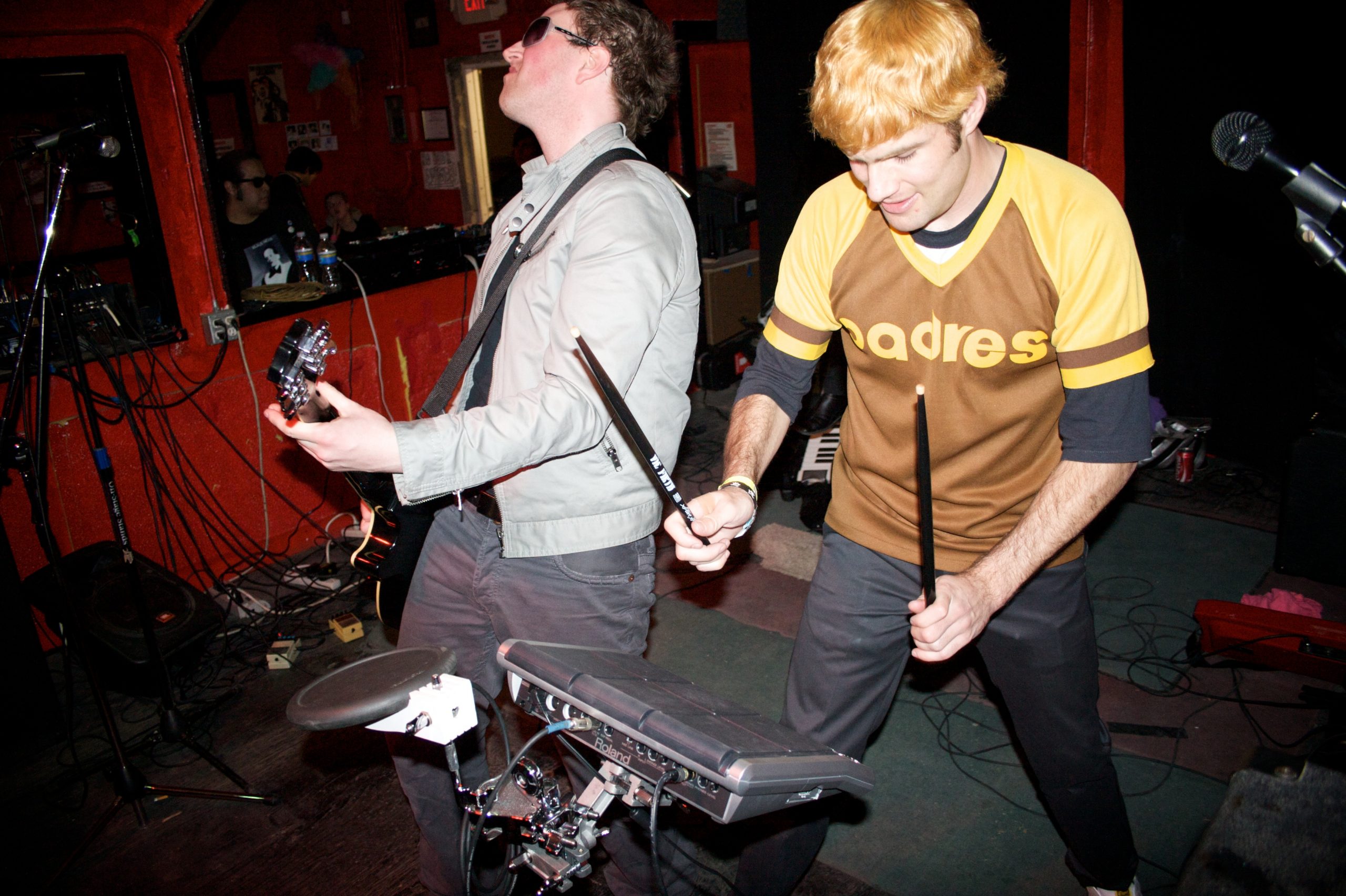
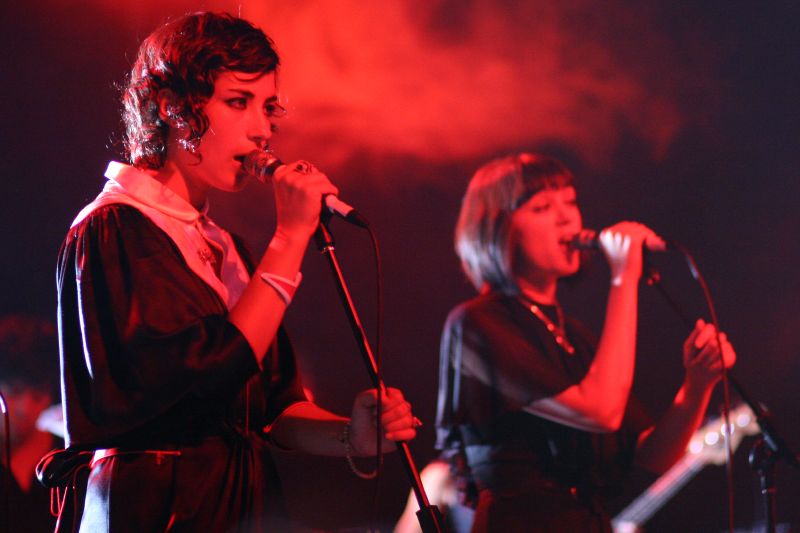
"A certain faction in metropolitan areas resonated with the brazenness of electroclash."
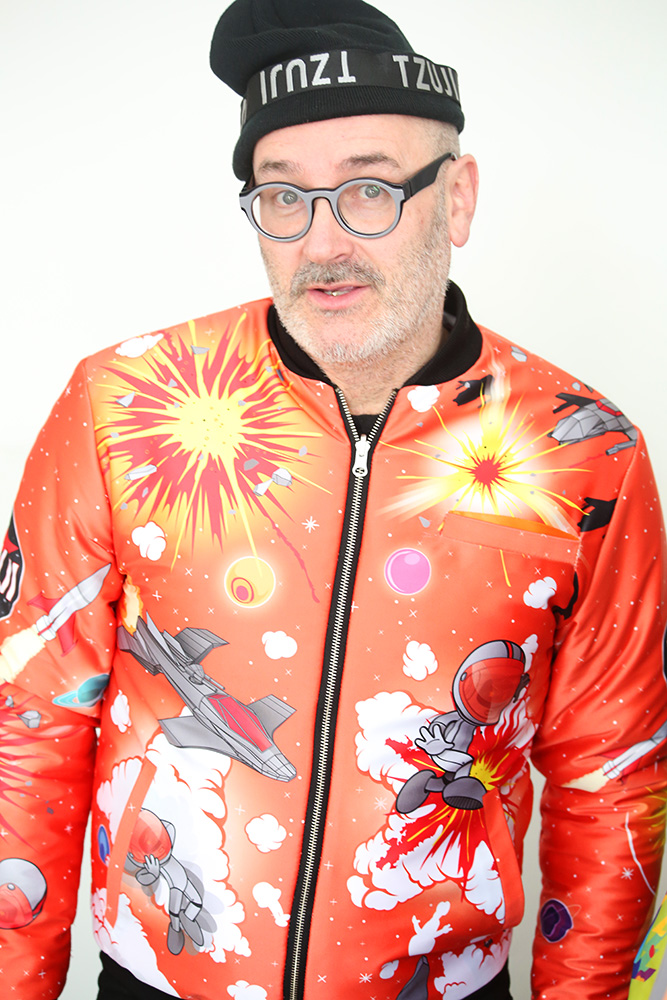
Delicious, Delicious, Oh How Boring: A Brief History
DJ Larry Tee first coined the word electroclash. Still, it’s hard to pinpoint exactly when the term first emerged. Tee used the phrase to describe the thriving underground world of Berlin, London, and New York nightlife. These club kids combined dirty ’80s-influenced techno with a DIY punk attitude.
Journalists latched onto the name. They used it to describe sounds coming from disparate female and LGBTQ+ artists making experimental music. These acts included the likes of Fischerspooner, Gravy Train!!!!, and Miss Kittin. Tee even organized a short-lived electroclash festival in Brooklyn in 2001. Still, few artists considered themselves electroclash producers. Only Peaches seemed to accept the genre as valid.
Brash and Brazen
A certain faction in metropolitan areas resonated with electroclash’s unapologetic brazenness. However, reviewers were openly disdainful of the music coming from these artists. At the time, the twee sentimentality of indie rock was in vogue. In that context, music writers couldn’t get on board with what they perceived as the genre’s superficiality. Prejudiced attitudes also played a role in the dismissal of electroclash. Reviewers condescendingly dismissed the “lipstick and synthesizer” shtick.
Forged in a Crisis
In 2008, the economic crisis rolled around and the wealth gap widened in the United States and beyond. Electroclash’s decadent odes seemed rather tacky. By then, a handful of mainstream pop stars like Ke$ha and Lady Gaga had emerged. They borrowed the style’s sounds and motifs while toning down the vulgarity for mass appeal.
Eventually, electro house, a movement that took much from electroclash, earned praise. The genre rose in popularity around 2010. It did so by updating the ’80s retro aesthetic. Once the mainstream took hold, it reaped rewards for the innovation LGBTQ+ people and women pioneered.
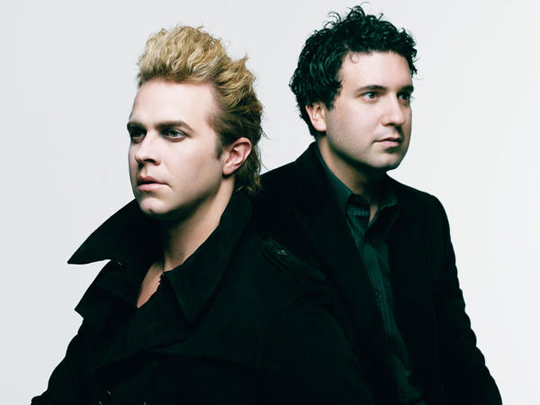
"Frank lyrics in popular music are now commonplace. So is the simultaneous celebration and critique of capitalism."

Future Future Future Perfect: Does Electroclash have a Legacy?
Many artists once described as electroclash are now grouped with goth. For example, bands like ADULT. and Ladytron embraced the darker side of the movement. Nowadays, almost no artists consider themselves electroclash. Then again, few ever really did.
Yet, frank lyrics in popular music are now commonplace. So is the simultaneous celebration and critique of capitalism of new, LGBTQ+ micro-genres like hyperpop. (To a certain extent, hyperpop is electroclash in ’90s drag.)
Harsh Noise and Deadpan Humor
By juxtaposing harsh noise and twinkly ’80s pop, SOPHIE‘s work continued this legacy. Before her tragic death, SOPHIE’s songs of alienation and lust revisited electroclash themes. Similarly, see the deadpan humor of Macy Rodman, Ariel Zetina, and Michete. Contemporary hip-hop even evokes electroclash. The instrumental of “Don’t Stop” by Megan Thee Stallion and Young Thug isn’t far from a Peaches beat.
Did electroclash die or never exist in the first place? Was the phrase invented as media hype gone once listeners discovered the hoax? Maybe the sound inspired future generations of legendary children. Regardless, the electroclash spirit remains diffused throughout popular culture.
